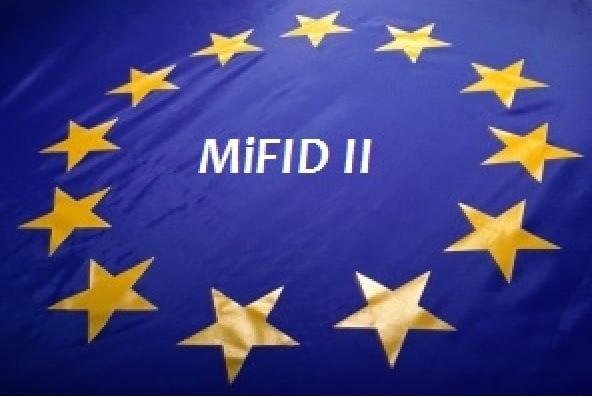How exactly will institutional traders access dark pools in a MiFID II word?
 Rebecca Healy Liquidnet
Rebecca Healy Liquidnet
While the market has been focusing on unbundling, soft dollar agreements and how the buy-side will pay for research, institutional trading network and dark pool Liquidnet is examining just how actual trading will be impacted by the upcoming regulation. In a recent paper shared with Traders Magazine, “Shape Shifting – Dark Trading in a MiFiD II World,” the firm polled 51 heads of dealing across the UK (52%), Continental Europe (24%) and the US (24%) to understand how they plan to access the dark post MiFID II, once broker dark pools are no longer admissible.
The poll was conducted in August 2017.
Rebecca Healy, head of market structure and strategy at Liquidnet, said the challenge for firms now is which execution partners to select and where to trade in the new unbundled liquidity landscape.
Some key highlights from the research:
- Dark trading is already adjusting ahead of MiFID II: buy-side-to-buy-side crossing networks are now the most effective dark venue for 65% of participants, versus just 20% for broker dark pools.
- Forty-six percent of participants have seen an improvement in the quality of their dark pool executions in the last year as the proportion of large-in-scale (LIS) as a percentage of dark trading has also increased to 10% of all dark trading.
- However, the future landscape remains very unclear, with 90% seeing inconsistencies in SI models and over two-thirds not confident about how the SI regime will operate post January 2018.
- Participants remain split as to the future benefit of HFT Market Makers as a prominent constituent of the SI space: 46% view this as a negative market development, versus 38% who view this as positive.
"This is reflected in the need to consistently monitor execution performance: 49% are less concerned with whom they execute provided they retain transparency and control over how executions occur," Healy said.
Also, Healy said that in this potentially fragmented landscape, 67% of participants see dark aggregation of SI activity as a value-added execution service for brokers to provide versus just 29% who see this as adding unnecessary complexity to the marketplace.
The number of respondents planning to focus on LIS trading has increased from 43% of participants in 2016 to 72% in 2017. However, despite LIS trading rising in the last year from 5 to 10% of overall dark order flow; this percentage will need to increase further to avoid breaching the Double Volume Cap (DVC) threshold.
Lastly, Liquidnet's own analysis of adjusted trading volumes relative to the implementation of DVC indicate that as a result of the recent increase in LIS activity, just 51% of stocks were capped out on the 12 month look back, and 30% of the capped stocks were within just 1% of the 8% threshold.
"Understanding where and how to trade in this new complex landscape is now the number 1 priority for 64% of respondents. It is not only access to unique liquidity, it is how to access that liquidity in a shifting trading landscape," Healy said. "Who will be the beneficiary of change may deliver surprises. 48% of respondents plan to execute small and mid-cap stocks with regional specialist brokers rather than the super bulge brackets once the Double Volume Cap is introduced."














